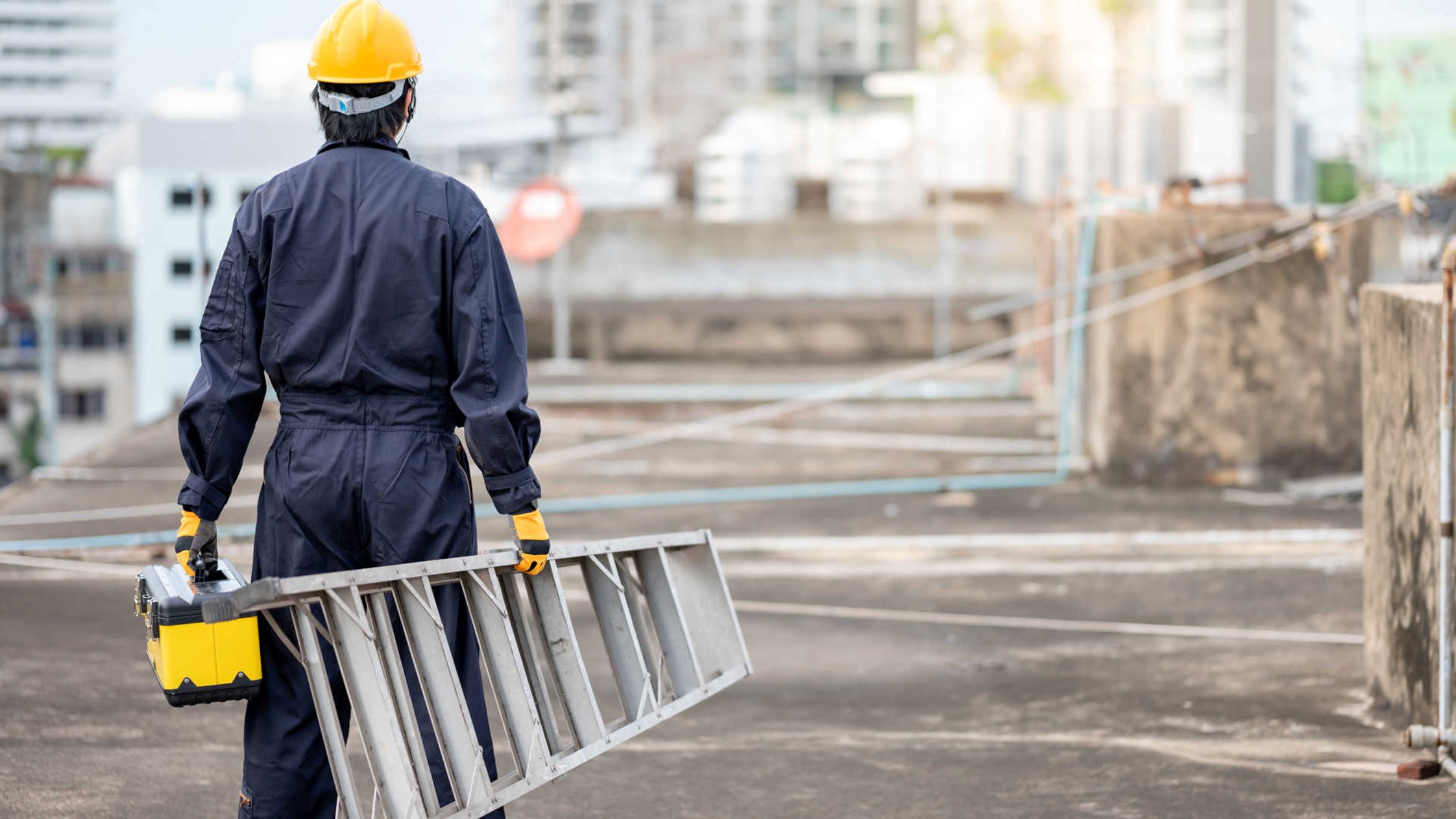CONSTRUCTION SITE SAFETY HAZARDS AND HOW TO ADDRESS THEM
There are stringent work safety guidelines designed to ensure the health and safety of workers and the public from the most common construction site hazards. These guidelines are important, especially since the construction industry had one of the highest fatality rates in the country in 2021.
Based on these numbers, we’ve rounded up the top construction site safety hazards that you and your company should be most aware of. We’ve also included suggestions and solutions to manage, reduce, and, if possible, eliminate some of these risks.

Leading Construction Site Safety Hazards
Different construction safety hazards can lead to fatal injuries in the workplace, especially on busy sites. Depending on the type of construction work, employees are often prone to the following risks:
Fall Accidents from Working at Height
Multi-residential, commercial, and mixed-use development locations are some of the highest-risk workplaces today. Falling from height, for example, is the number one cause of fatalities in the construction workplace. Preventing risks like these requires workers and their companies to work together. Contractors must adhere to the government’s strict safety guidelines by installing safety barriers and edge protection systems, especially when working on scaffolding, roofs, or ladders. Employees also need to undergo training to work at height safely.
Heavy-Duty Machinery and Other Moving Objects
On a construction site, machines and humans work side by side to accomplish their goals. Human-operated vehicles such as lifters, rollers, and supply trucks are essential to the job, so companies ensure that the collaboration is safe and accident-free. While accidents do happen, there’s a way to ensure that workers reduce these risks.
Barrier systems, for instance, help workers and the public maintain a safe distance from heavy machinery and moving objects. Signs and other visual warnings can also help people remain alert. Most importantly, workers should always wear the proper gear when working at a construction site. This includes, but is not limited to, safety boots, a hard hat, a high-visibility jacket, and industry-approved personal protective equipment (PPE).
Accident-Prone Areas and Uneven Terrains
If you’re at a construction site, everywhere is accident-prone, especially if the project is in the middle of its development stage. Construction supplies, materials, rough and uneven surfaces, debris, trailing cables, and wet surfaces, among others, are common sights. One wrong move, and you might slip, fall, or trip.
Injuries from these accidents are common, especially when contractors neglect to effectively manage their construction waste and assign specific zones for traffic. Solve this problem by creating an effective area management plan where there are safe zones, practical access routes, and proper demarcations.
For instance, machinery guarding, exclusion zone barriers, anti-slip nosing and covers, cable protectors, and other safety structures can significantly reduce, if not eliminate, workplace accidents.
Toxic Materials and Harmful Airborne Fibres
Toxic fumes and microscopic fibres are some of the silent killers that have victimised construction workers for decades. The effects of these harmful materials are not instantaneous, making the impacts hard to detect in their early stages.
Fibres from asbestos, a common construction material, are perfect examples of these properties that can cause serious diseases, such as mild to severe asbestosis—a chronic disease caused by lung scarring. Dust particles are also inevitable by-products of construction and are a leading cause of asthma, chronic pulmonary diseases, and allergies.
It’s nearly impossible to control the volume of dust particles and fibres on construction sites. The only thing that you can do is to wear protective equipment, such as safety goggles and eye shields, as well as full-body PPEs.
Civilian Safety in Public Constructions
Aside from worker safety, public safety should also be considered, especially in construction sites surrounded by areas with high foot and vehicular traffic. Public construction sites, such as buildings, park structures, or bridges, to name a few, should have tight site security to prevent trespassers and passers-by from entering the site.
Consider boundary fences, barriers, retractable belts, warnings and signages, and machinery guarding systems for these problems. Companies must remember that the responsibility to keep everyone safe is not limited to their workers but also to the public.
Find safety equipment at Dexters
The scope of this article may not be enough to cover the extensive list of hazards and risks posed by construction activities and construction sites, but hopefully, it succeeded in spreading awareness of the importance of safety guidelines, equipment, and practices. The industry is still evolving. Stay vigilant and aware of the new risks and preventive measures you can take to keep safe, efficient, and productive. If you need safety equipment for your worksite, browse Dexters today!
